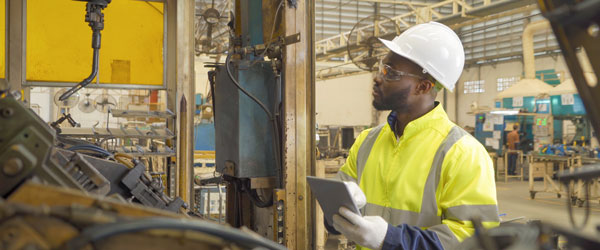Case Study
ILME
Stratus Solutions for Manufacturing
ILME maintains 30 years of expertise and improves performance with the new Stratus V Series and Stratus ftServer
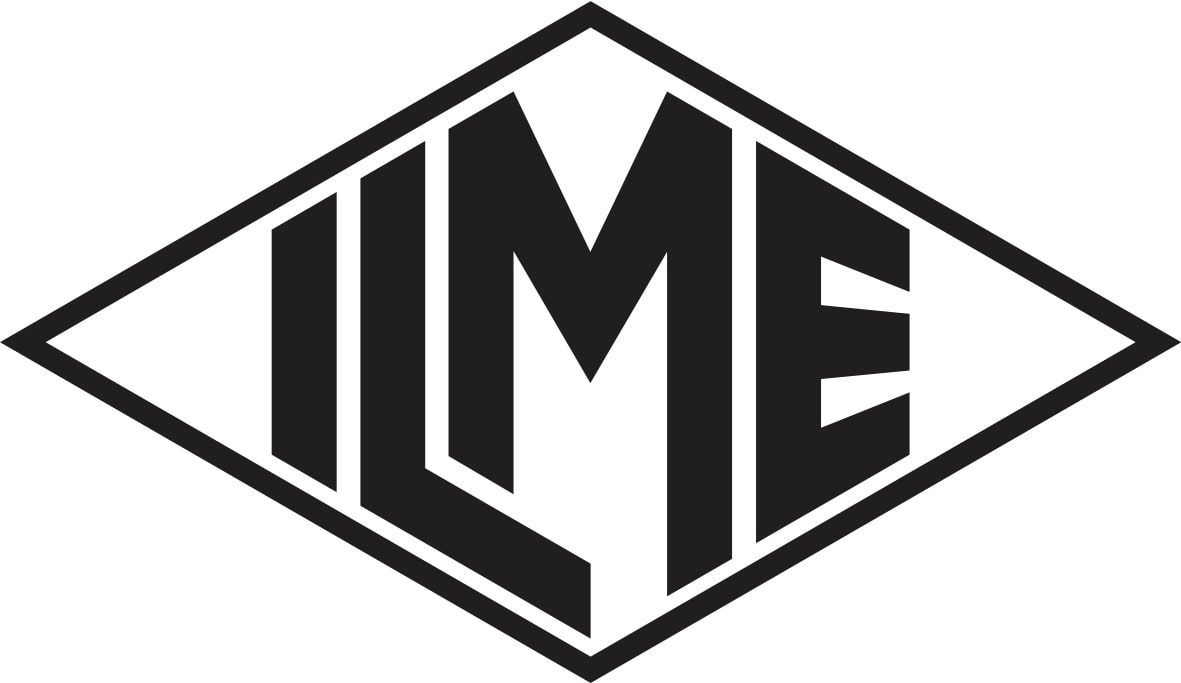
Challenges
- Ensure business continuity by partnering with Stratus
- Transfer approximately 10,000 existing source files to the new OpenVOS platform
- Improve openness and integrability of the enterprise ecosystem
- Minimize post-migration staff training
Solution
- Migrate a complex legacy system while maintaining the company’s 30 years of knowledge and expertise
- Replace Continuum servers running VOS with current Stratus servers
- Increase overall system performance with a view to future expansion
Benefits
- Existing applications and business knowledge and expertise unaffected
- Usability: new architecture required no staff training
- Zero impact on operations: changeover completed in just a weekend
- Overall performance significantly improved
- Number of concurrent clients increased from 150 to 250 with no impact on performance
ILME SpA specializes in the development and production of heavy-duty industrial connectors. Based in Milan, Italy, the company is now a global player with more than 70 years of experience and numerous foreign subsidiaries. The key sectors in which the company operates are diverse: industrial automation, rail, wind, marine, robotics, and energy. All are sectors with applications that require high performance and reliability.
A corporate asset to be protected
The backbone of ILME’s IT system is the POIS. This ERP management software, which was purchased some 30 years ago from Olivetti, has been continuously customized and maintained by the company over the years. Since its inception, POIS has run on VOS Stratus systems from the Continuum C610 (1995). Now this is migrated to the current V Series 2608 and ftServer 2900 (2021). Legacy systems such as those at ILME, custom-developed, sometimes with unique features that are implemented as specific needs arise, are a common factor for many manufacturing companies, especially those with high product specialization such as ILME.
POIS manages all of ILME’s operations. From Key Performance Indicators for management and production, to the wide variety of features that have been developed over the years to meet the specific needs of various departments.
The system consists of about 10,000 source files in total.
This software base and functionality is also used by IMAC and, until 2021, by FOMEL, two companies that are part of the ILME group.
Since 2015, POIS had utilized a Stratus Continuum C652 server, running on an obsolete version of the VOS operating system, together with a Stratus ftServer with dedicated instances serving FOMEL and IMAC.
All of the data was held on an Oracle7 database, installed on the Stratus Continuum machine, with access via transactional monitor-based software.
“The migration from the previous Stratus VOS to the new OpenVOS environment took just a few days, helped by the preciseguidelines provided by Stratus.”
Marco Varini
IT Manager
ILME
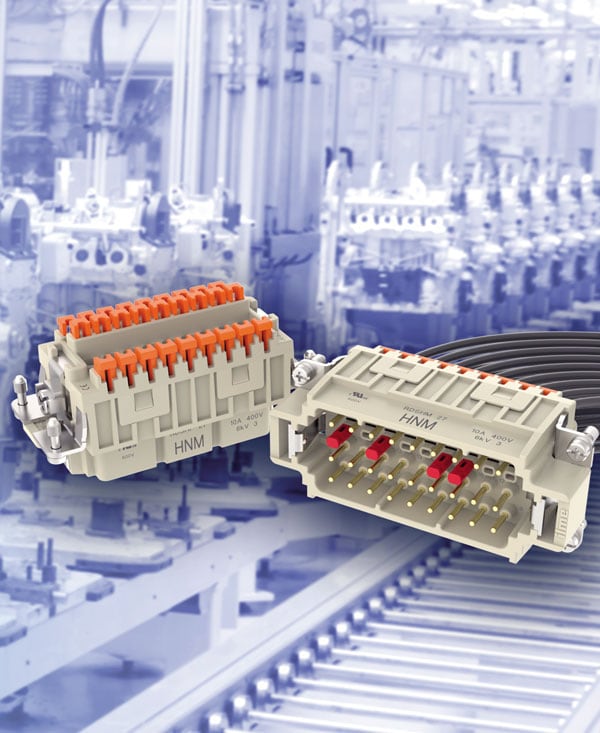
A technological replacement for the future
The platform still met business needs in terms of functionality and implementation, but it presented a technological problem in terms of performance and obsolescence. In particular, the database had grown in parallel with ILME’s expansion, and its performance was not acceptable. For example, the nightly batch processes on Oracle7 started to take so long that they finished closer and closer to the start of the next business day; and while working perfectly, Oracle7 was no longer interoperable with all of the new solutions that the company had acquired. This would not be the case with a newer version. But there was an additional reason for change.
“The operation of the POIS system relied on a specially developed software connector that ensured compatibility with the Oracle database,” Varini explains. “However, support for that connector had been discontinued, so no further functionality could be added unless we started a software reengineering project internally that would make it work with the new
developments we had planned.”.
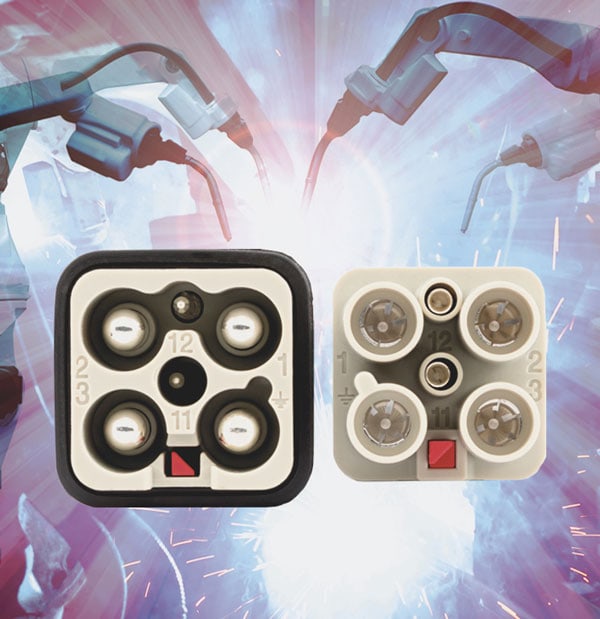
System) Enterprise Resource Planning (ERP) services, a legacy system built from decades of development, while maintaining expertise and improving performance.”
Preservation of knowledge and expertise with no impact on operations
The main objective of the project was to upgrade the servers in order to give continuity to POIS services; i.e., reserving expertise, the result of decades of development, while at the same time improving the performance and integrability of the Stratus VOS system with the enterprise ecosystem through the use of the new OpenVOS features. All while preserving the Oracle database and managing the migration with zero impact on business operations.
A target architecture consisting of a Stratus V-Series server with OpenVOS 19.2 operating system and a Stratus ftServer 2900 with VMware virtualization and Guest Windows Server was identified as the best solution. The Oracle platform was also upgraded to meet the new requirements, ensuring compatibility with the entire pre-existing
database. ILME acquired ownership of the software connector that was previously licensed so that it could be freely adapted and integrated with the rest of the application stack.
- Ensure business continuity by partnering with Stratus
- Transfer approximately 10,000 existing source files under the new OpenVOS platform
- Improve openness and the ability to integrate the enterprise ecosystem
- Minimize post-migration staff training
The importance of Stratus support
The scope of the migration project, and the impact it could have on operations at ILME, whose aim was to ensure business continuity, led Stratus to provide precise and expert technical support, and also to actively partner with ILME in terms of services.
During the study, development, and implementation phases of the target architecture, which lasted about 14 months, from late 2019 to early 2021, Stratus set up an IT environment on loan, consisting of two V Series servers and ftServers which replicated those that ILME would purchase and configure. This allowed ILME to benefit from a replica of their corporate environment, which it could use for all development and configuration operations. This proved to be very important for the project’s success, and it showcased Stratus’ full commitment to this important technological challenge.
It was possible to test the new systems in parallel with the previous systems, while Oracle clients and all incompatible features were migrated and all applications were recompiled. The new hardware stack finally went live at the end of the migration period.
“The migration from the previous Stratus VOS environment to the new OpenVOS environment took just a few days. This was helped by the guidelines provided by Stratus which were integrated by ILME using a go live checklist along with guidelines from six other companies that participated in the EHS99 project,” says Varini. “The process was very
straightforward, and the support offered by Stratus in this particular activity was essential and fundamental.”
The changeover from the old to the new system took place within a weekend, almost with a flick of a switch. The transition was so seamless that on Monday employees were able to use the system as normal. The only changes in user experience were improvements because of the exceptional response times that the new architecture provided in
comparison with the previous system.
The new architecture now allows ILME to run POIS batch processes in about 3 hours, i.e., significantly quicker than before, and to double the number of concurrent client terminals (currently about 150) without any degradation issues in terms of response speed. This project has further improved the system’s reliability and availability specifications through Stratus’s new server architectures running on OpenVOS operating system.
Innovating to create new opportunities
The migration project has opened a second opportunity for ILME. Previously, the servers were installed in a corporate premises, but their replacement provided an opportunity to evaluate the possibility of hosting the data center with an external vendor. After a feasibility study, the new servers were installed at a telecommunications provider’s data
center, which provided additional benefits not so much in terms of availability, a feature already guaranteed by Stratus solutions, but in terms of electrical, environmental, and network continuity, and access security and safety.
The new architecture also allows exploration of new features and changes in some methods of use. A recent upgrade was the implementation of an emulation terminal front-end centralized on the server rather than being distributed across user terminals. This allows user sessions to run via a regular web browser while maintaining the look and feel of the original terminal interface.
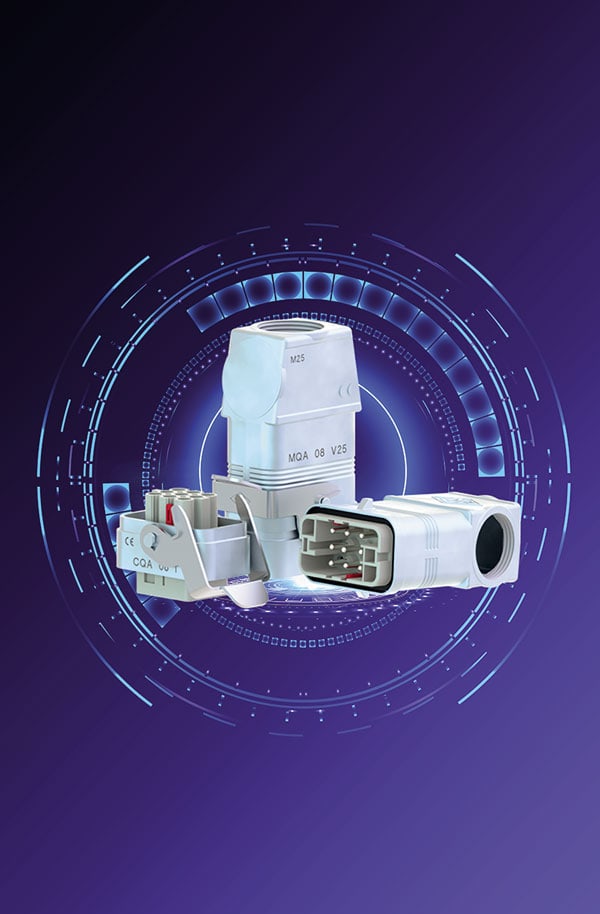
A clear and proven migration methodology
With Stratus’ experience in managing critical environments, the new architecture project took about 14 months from study, planning, testing, and tuning to installation at ILME. The system was unchanged in terms of management and expertise, even in the project’s go-live week. “This was an advantage, because we didn’t need to train existing staff or find new skills for its future development. The implementation of this complex project, with many participants, demonstrated the strength of the relationship built over many years of collaboration, a prerequisite for facing future challenges with confidence,” Varini concludes.






